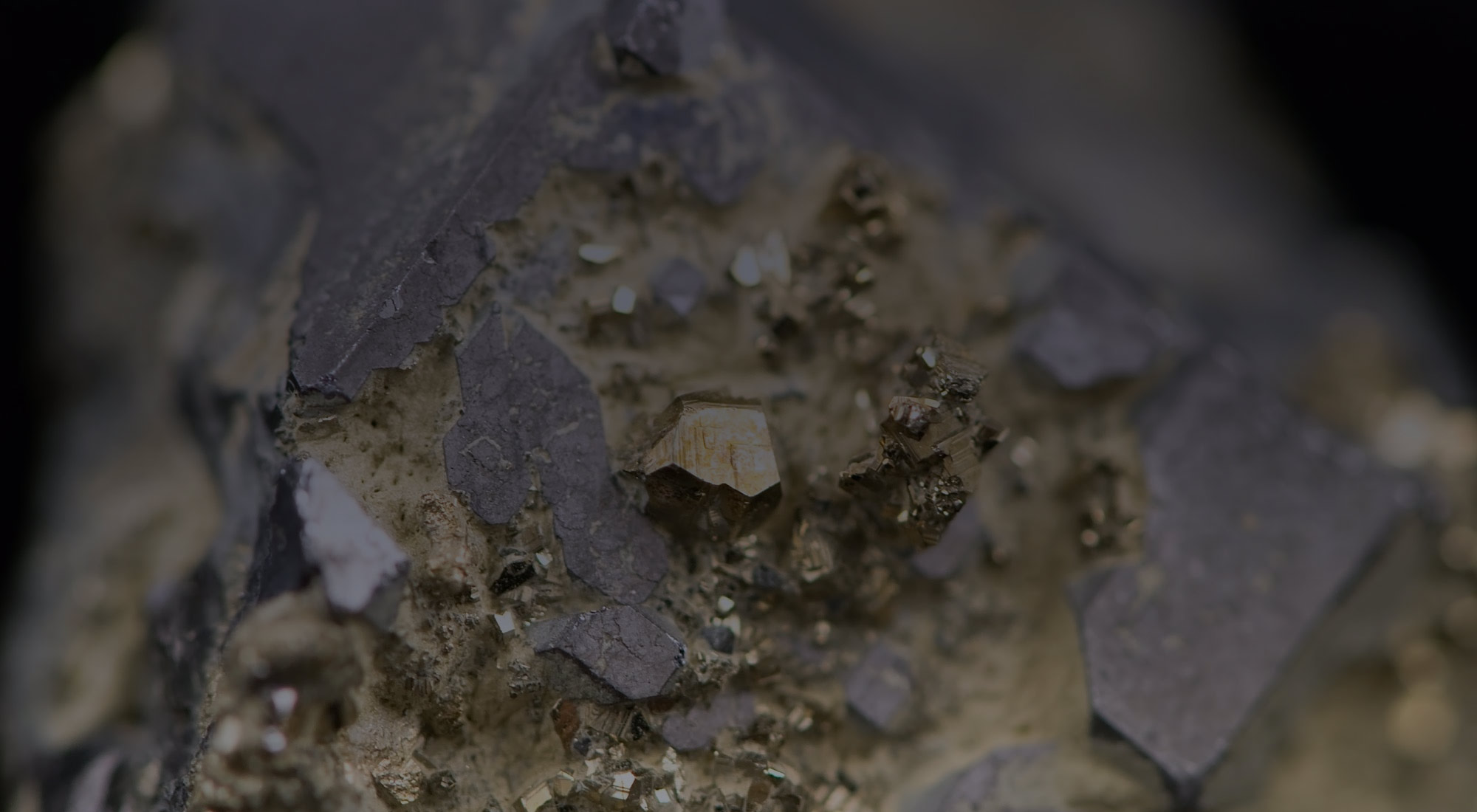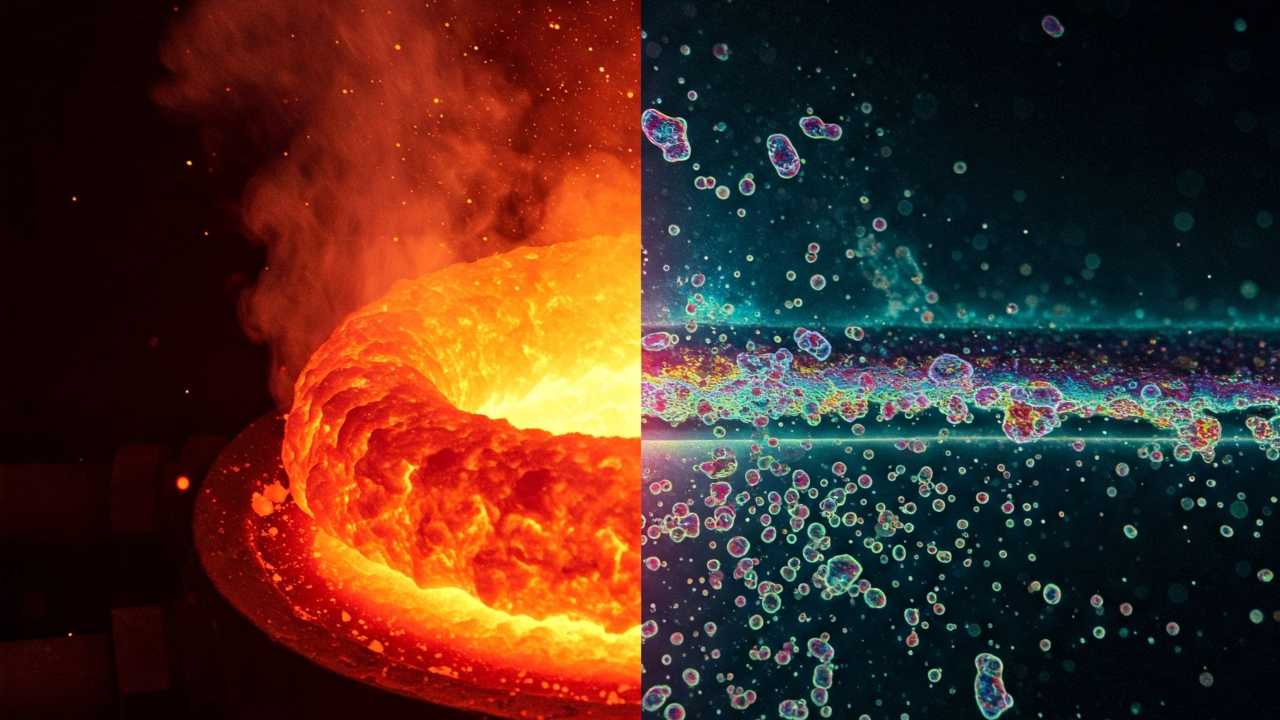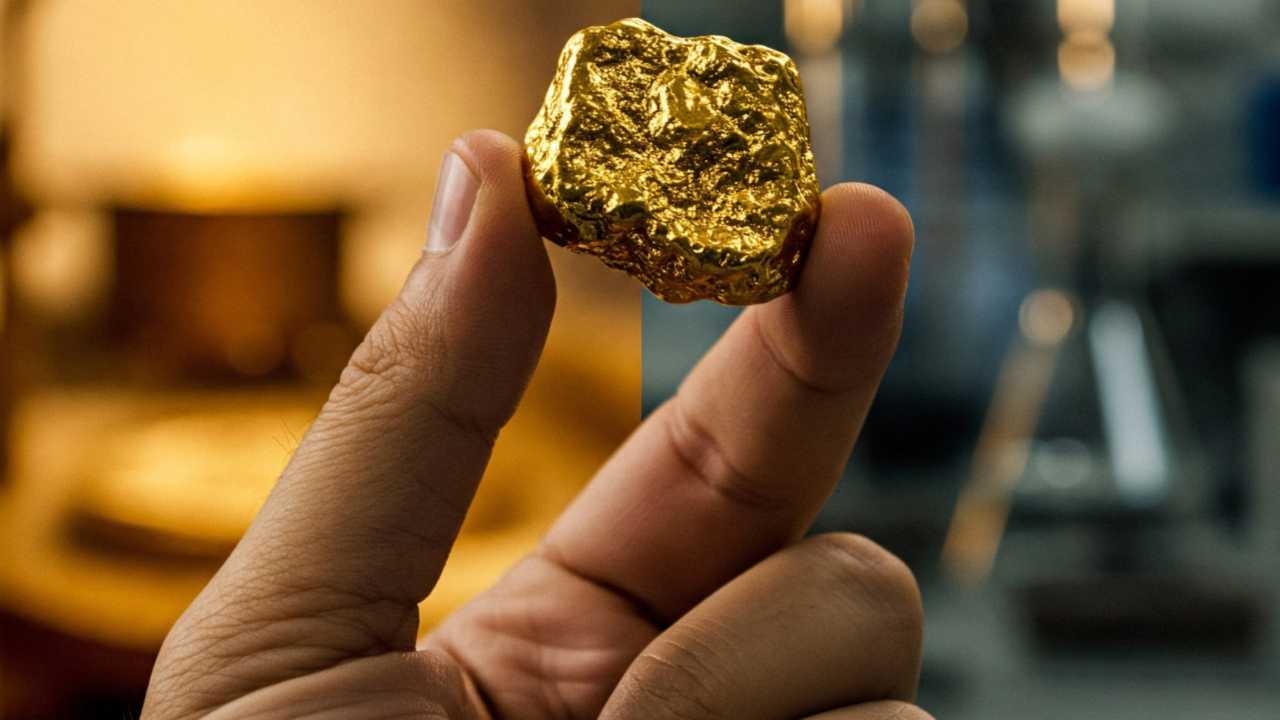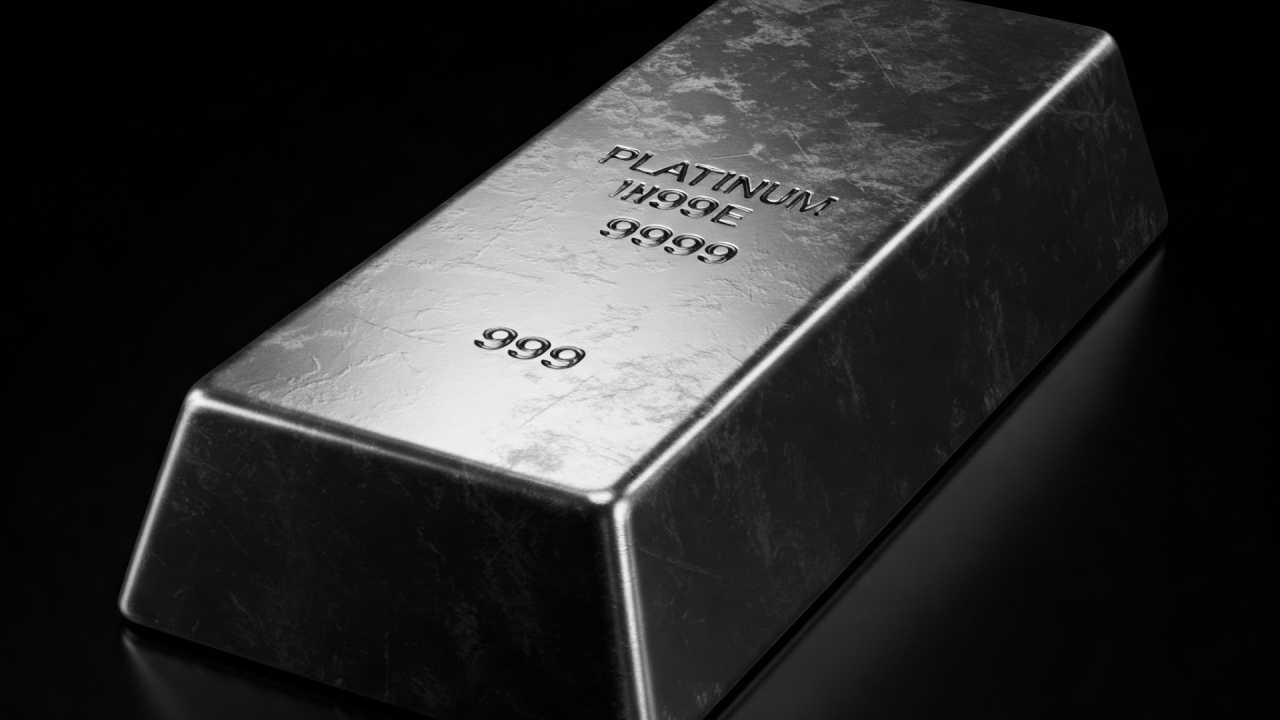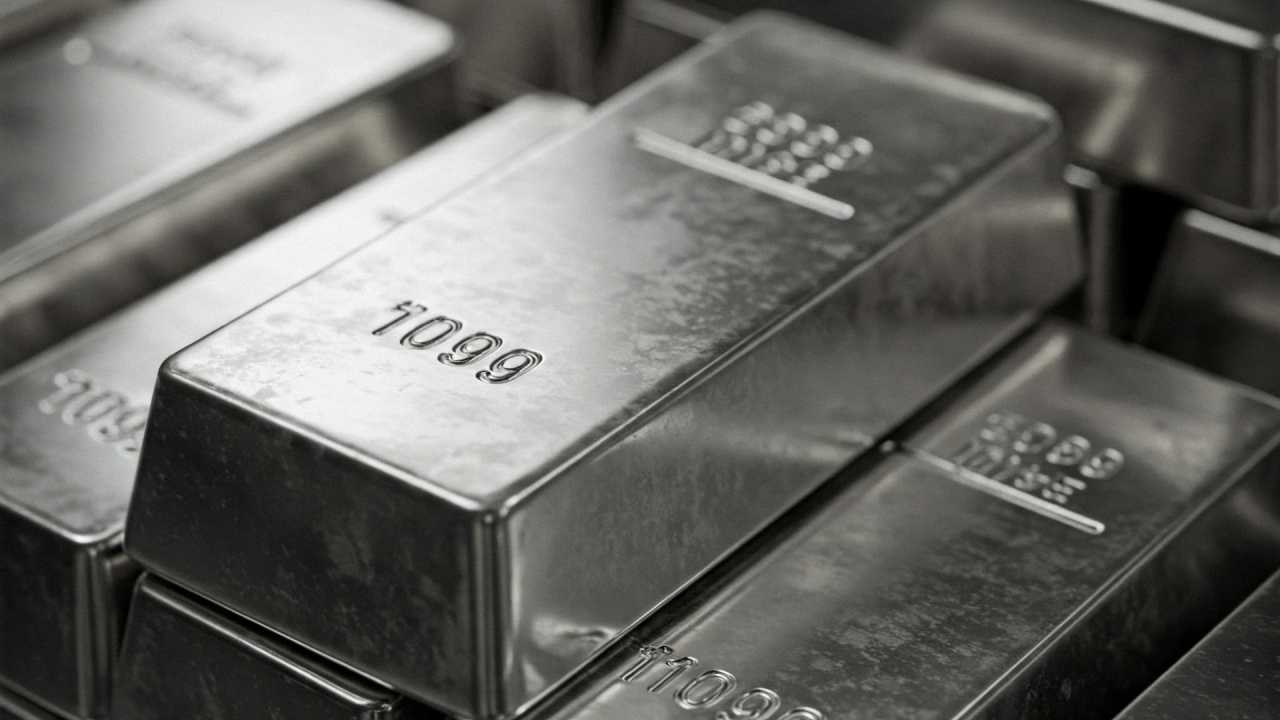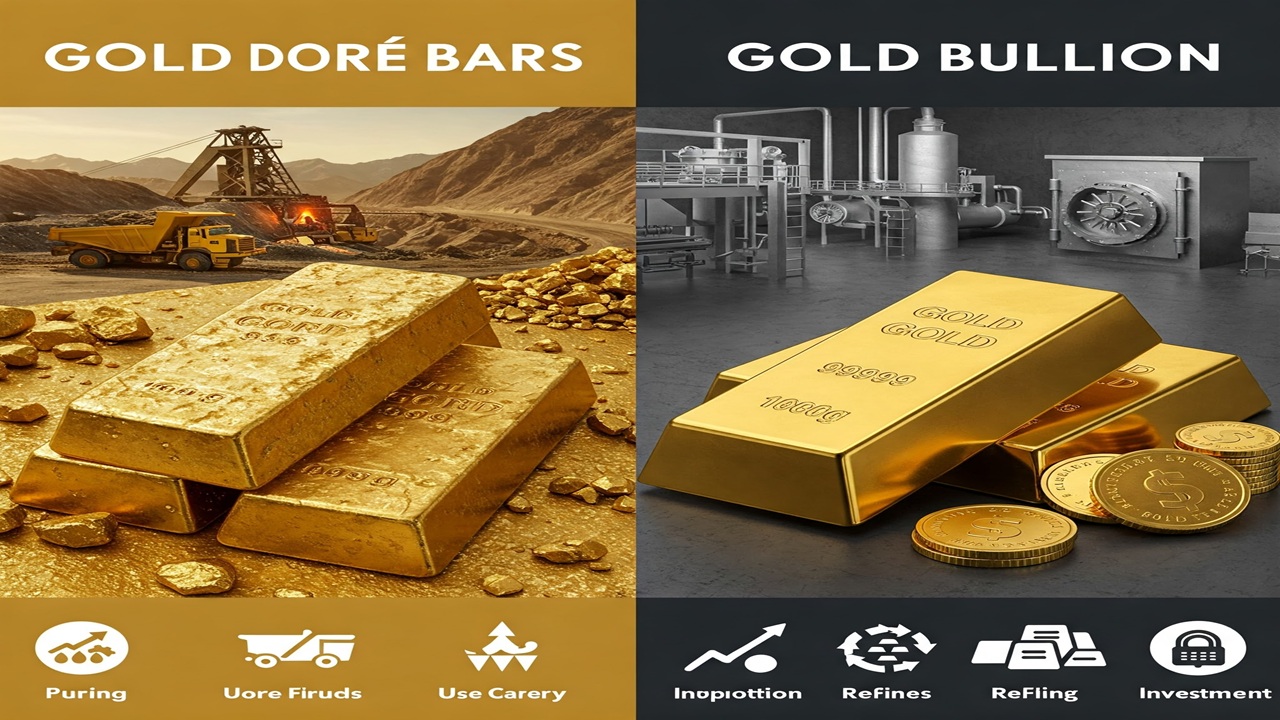Induction vs Electrolytic Refining: Which Method Is Best?
The quest for ever-purer metals is a cornerstone of modern industry, driving innovation across a vast spectrum of applications, from high-tech electronics to critical infrastructure. Achieving the desired level of purity often necessitates sophisticated refining processes that remove impurities and unwanted elements from raw or partially processed metals.
Among the prominent techniques employed for this crucial step are induction refining and electrolytic refining. While both serve the fundamental purpose of purification, they operate on distinct principles and offer unique advantages and disadvantages, making the choice of the “best” method dependent on a confluence of factors.
This article delves into the intricacies of induction and electrolytic refining, dissecting their underlying mechanisms, exploring their respective strengths and weaknesses, and examining their typical applications.
By understanding the nuances of each process, we can gain valuable insight into determining which refining method is optimally suited for a particular metal and desired purity level.
Induction Refining: The Power of Electromagnetic Fields
Induction refining is a thermal refining process that leverages the principles of electromagnetic induction to heat and melt metals. At its core, the process involves placing the metal to be refined within a non-conductive crucible, which is then surrounded by a coil through which a high-frequency alternating current is passed.
This alternating current generates a rapidly changing magnetic field that penetrates the metal. According to Faraday’s law of electromagnetic induction, this changing magnetic field induces eddy currents within the conductive metal.
The resistance of the metal to the flow of these eddy currents generates heat, leading to the rapid and efficient melting of the metal charge.
One of the key characteristics of induction refining is the inherent stirring action caused by the electromagnetic field.
This stirring, often referred to as electromagnetic stirring, promotes homogeneity within the molten metal bath, facilitating better contact between the metal and any refining slags or fluxes that may be present.
Impurities with lower melting points or those that can react with added fluxes are either volatilized or absorbed into the slag phase, which floats on the surface of the molten metal and can be physically removed.
Induction furnaces used for refining come in various configurations, including coreless and channel types, each suited for different capacities and applications.
Coreless induction furnaces are generally more versatile and widely used for melting and refining a broad range of metals and alloys. Channel induction furnaces, on the other hand, are often employed for holding and superheating large volumes of molten metal.
The refining capability of induction melting is primarily physical and chemical. Physical separation occurs through mechanisms like sedimentation or flotation of impurities based on density differences in the molten state, aided by the stirring action.
Chemical refining is achieved by introducing refining agents or fluxes that react with specific impurities to form compounds that are less dense than the molten metal and thus can be removed as slag.
However, it’s important to note that induction refining is generally less effective at removing dissolved impurities or those that form solid solutions with the base metal compared to electrolytic methods.
Advantages of Induction Refining:
- Rapid and Efficient Melting: Induction heating is incredibly fast and energy-efficient as heat is generated directly within the metal itself, minimizing heat loss to the surroundings.
- Precise Temperature Control: The power input to the induction coil can be precisely controlled, allowing for accurate temperature management throughout the refining process. This is crucial for controlling reactions and minimizing unwanted side effects.
- Electromagnetic Stirring: The inherent stirring action ensures a homogeneous melt, improving contact with refining agents and promoting uniform temperature distribution.
- Cleaner Operation: Compared to combustion-based furnaces, induction furnaces produce fewer emissions and offer a cleaner working environment as there are no combustion byproducts.
- Flexibility: Induction furnaces are relatively flexible and can be used for melting and refining a wide variety of ferrous and non-ferrous metals and alloys.
- Reduced Oxidation: In controlled atmosphere or vacuum induction melting (VIM) systems, oxidation of the molten metal can be significantly reduced, preserving valuable alloying elements.
Disadvantages of Induction Refining:
- Limited Refining Capacity: Induction refining is primarily a melting process with some refining capabilities. It is not as effective as electrolytic refining in removing certain types of impurities, particularly dissolved tramp elements.
- Requires Clean Charge Material: The effectiveness of induction refining is highly dependent on the purity of the input material. Heavily contaminated scrap or raw materials may require pre-treatment.
- Potential for Alloying Element Loss: While reduced in controlled atmospheres, some loss of volatile alloying elements can still occur during the high-temperature melting process.
- Crucible Wear: The refractory crucible is subject to thermal stress and chemical attack from the molten metal and slag, requiring regular maintenance and replacement.
- Higher Initial Cost: The initial investment in induction melting equipment can be higher compared to some other melting technologies.
Typical Applications of Induction Refining:
Induction refining finds widespread use in various industries, including:
- Foundries: Melting and refining of cast iron, steel, aluminum, copper, and other alloys for casting.
- Precious Metals: Melting and refining of gold, silver, platinum, and other precious metals for jewelry and investment.
- Specialty Alloys: Production of high-purity specialty alloys for aerospace, medical, and automotive applications, often using vacuum induction melting (VIM).
- Recycling: Melting and processing of scrap metals for recycling.
Electrolytic Refining: The Precision of Electrochemistry
Electrolytic refining, also known as electrorefining, is an electrochemical process that utilizes electrolysis to achieve high levels of metal purity. This method is particularly effective for refining less reactive metals such as copper, silver, gold, nickel, and zinc.
The basic setup for electrolytic refining involves an electrolytic cell containing an anode made of the impure metal to be refined, a cathode made of a thin sheet of pure metal, and an electrolyte solution containing a soluble salt of the metal being refined. When a direct electric current is passed through the cell, several electrochemical reactions occur.
At the anode (positive electrode), the impure metal dissolves into the electrolyte as positively charged ions. Simultaneously, more reactive impurities present in the anode also dissolve as ions.
Less reactive impurities, such as precious metals like gold and silver (in the case of copper refining), do not dissolve and fall to the bottom of the cell as “anode mud” or “anode slimes,” a valuable byproduct.
At the cathode (negative electrode), the positively charged ions of the pure metal from the electrolyte are attracted and gain electrons, depositing as a layer of high-purity solid metal on the cathode. The concentration of the metal ions in the electrolyte is maintained by the dissolution of the impure anode.
The key to achieving high purity lies in carefully controlling the applied voltage and electrolyte composition to ensure that only the desired metal ions are preferentially deposited at the cathode, while the impurity ions remain in solution.
Additives are often used in the electrolyte to improve the quality of the deposited metal, control the morphology of the deposit, and enhance the efficiency of the process. The anode mud is collected and further processed to recover the valuable less reactive metals it contains.
Advantages of Electrolytic Refining:
- High Purity: Electrolytic refining is renowned for its ability to produce metals of exceptionally high purity, often exceeding 99.9% and reaching up to 99.99% or even higher for certain metals like copper and gold.
- Effective Impurity Removal: This method is highly effective at separating the desired metal from a wide range of impurities, including those that are chemically similar to the base metal.
- Recovery of Valuable Byproducts: The anode mud often contains valuable precious metals, which can be recovered, adding an economic benefit to the process.
- Precise Control: The purity of the deposited metal can be precisely controlled by adjusting the current density, voltage, electrolyte composition, and temperature.
- Suitable for Less Reactive Metals: Electrolytic refining is particularly well-suited for refining less reactive metals that are difficult to purify by thermal methods alone.
Disadvantages of Electrolytic Refining:
- High Energy Consumption: Electrolysis is an energy-intensive process, requiring a significant amount of electrical energy to drive the electrochemical reactions.
- Batch Process (Typically): Many electrolytic refining operations are batch processes, requiring the periodic removal of the refined metal from the cathode and replacement of the impure anode. Continuous processes exist but are less common for some metals.
- Handling of Electrolyte: The electrolyte solution can be corrosive and may contain toxic substances, requiring careful handling and disposal.
- Anode Passivation: In some cases, a passive layer can form on the anode, hindering the dissolution of the impure metal and reducing the efficiency of the process.
- Requires Relatively Pure Anode: While it removes many impurities, the impure anode still needs to have a certain minimum concentration of the metal being refined for the process to be economically viable.
Typical Applications of Electrolytic Refining:
Electrolytic refining is a critical step in the production of high-purity metals for various industries:
- Copper Refining: The primary method for producing high-conductivity copper used in electrical wiring and electronics.
- Precious Metals Refining: Purifying gold, silver, platinum, and palladium for jewelry, investment, and industrial applications.
- Nickel and Zinc Refining: Producing high-purity nickel for stainless steel and alloys, and high-purity zinc for galvanizing and die casting.
- Lead Refining: Refining lead for batteries and other applications.
Induction vs. Electrolytic Refining: A Comparative Analysis
Choosing between induction refining and electrolytic refining hinges on the specific requirements of the refining task. Here’s a comparative look at key factors:
| Feature | Induction Refining | Electrolytic Refining |
| Principle | Thermal (electromagnetic induction) | Electrochemical (electrolysis) |
| Primary Function | Melting and some refining | High-purity purification |
| Purity Achievable | Good, but generally lower than electrolytic | Very high (often >99.9%) |
| Impurity Removal | Primarily physical and slag-based chemical | Electrochemical separation of ions |
| Energy Source | High-frequency alternating current | Direct current |
| Typical Metals | Wide range of ferrous and non-ferrous | Less reactive metals (Cu, Ag, Au, Ni, Zn, Pb) |
| Speed | Relatively fast melting | Slower, dependent on deposition rate |
| Capital Cost | Can be high | Can be high |
| Operating Cost | Energy consumption can be significant | High energy consumption, electrolyte costs |
| Byproducts | Slag, potentially some volatile compounds | Anode mud (often valuable), spent electrolyte |
| Suitability for | Melting various charge materials | Achieving extremely high purity |
Which Method is Best?
There is no single “best” method; the optimal choice depends on the specific context and priorities:
- For high-volume melting of various metals where moderate purity is acceptable, and rapid processing is crucial, induction refining is often preferred. Its speed and efficiency in melting make it ideal for foundries and large-scale metal processing.
- For producing metals requiring extremely high purity, particularly less reactive metals, electrolytic refining is the method of choice. Its ability to selectively deposit the desired metal ions allows for the removal of even trace impurities critical for high-performance applications like electronics and aerospace.
- When valuable byproducts like precious metals are present in the impure metal, electrolytic refining offers the advantage of their recovery from the anode mud.
- The initial purity of the input material also plays a role. If the starting material is relatively pure, induction melting might suffice. However, for significantly impure materials, electrolytic refining is more effective at achieving the desired final purity.
- Energy costs and environmental considerations are also significant factors. While electrolytic refining is energy-intensive, advancements in cell design and energy efficiency are continuously being made. Induction refining, with its cleaner operation, can have environmental advantages in terms of emissions.
In some cases, a combination of both methods might be employed. For example, induction melting might be used as a preliminary step to melt and perhaps partially refine the metal, followed by electrolytic refining to achieve the final high purity.
Final Thoughts
Induction refining and electrolytic refining are powerful and essential techniques in the world of metallurgy, each with its own set of strengths and limitations. Induction refining excels in rapid and efficient melting with some refining capabilities, making it suitable for a wide range of applications where moderate purity is sufficient.
Electrolytic refining, on the other hand, is the go-to method for achieving exceptionally high purity, particularly for less reactive metals, and offers the added benefit of recovering valuable byproducts.
The selection of the “best” method is a technical and economic decision based on the type of metal, the required purity level, the nature and concentration of impurities, the scale of operation, energy availability and cost, and environmental considerations.
As technology continues to evolve, we can expect further advancements in both induction and electrolytic refining, pushing the boundaries of metal purity and enabling the development of even more sophisticated materials and technologies.
Understanding the fundamental principles and comparative advantages of these two vital refining processes is key to making informed decisions in the pursuit of purer metals for a technologically advanced world.



